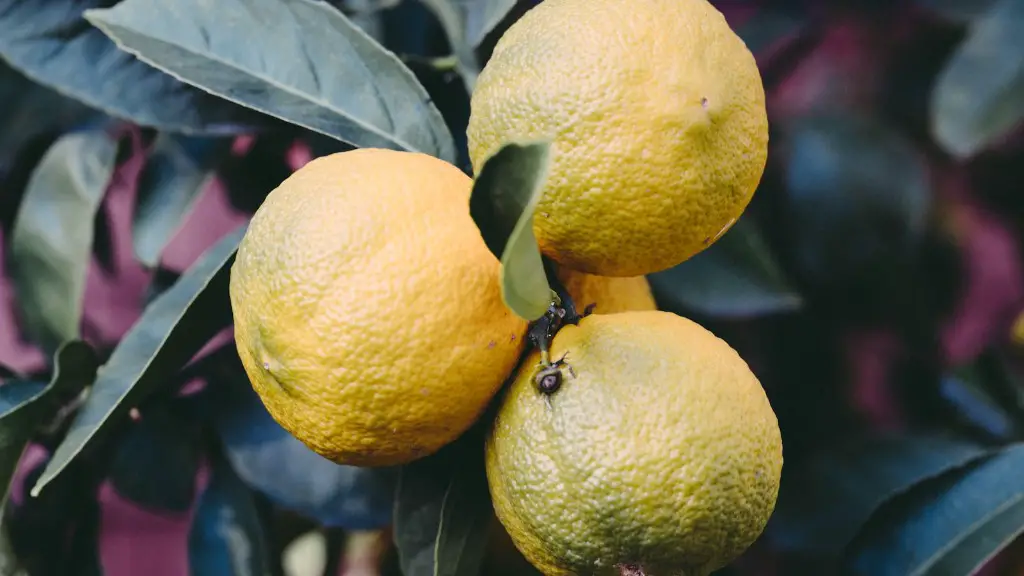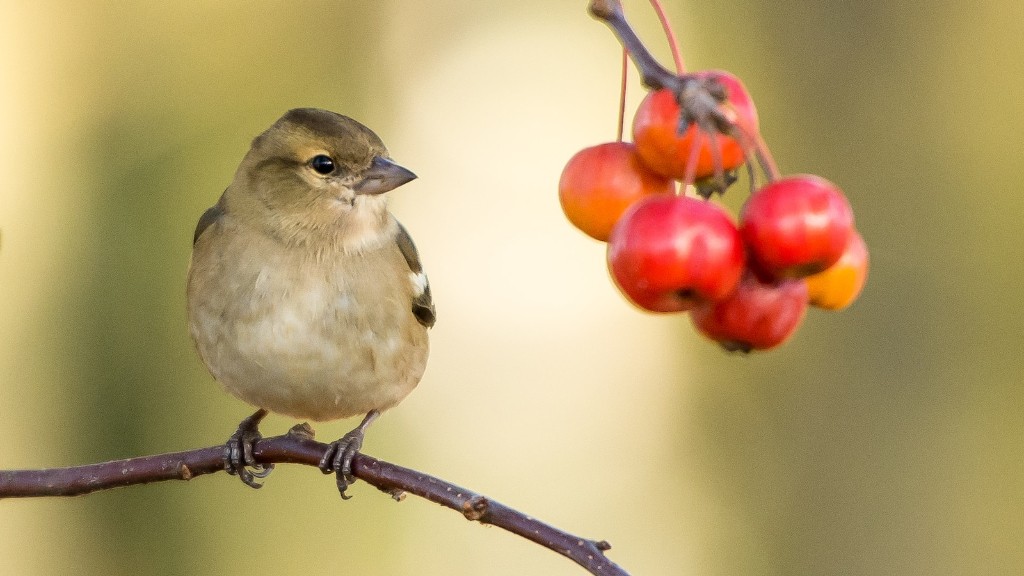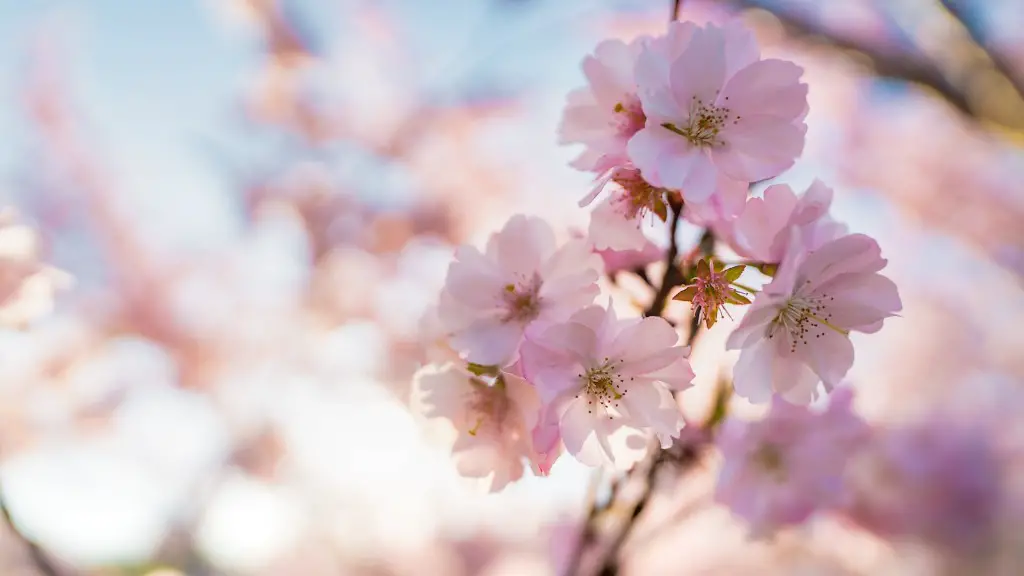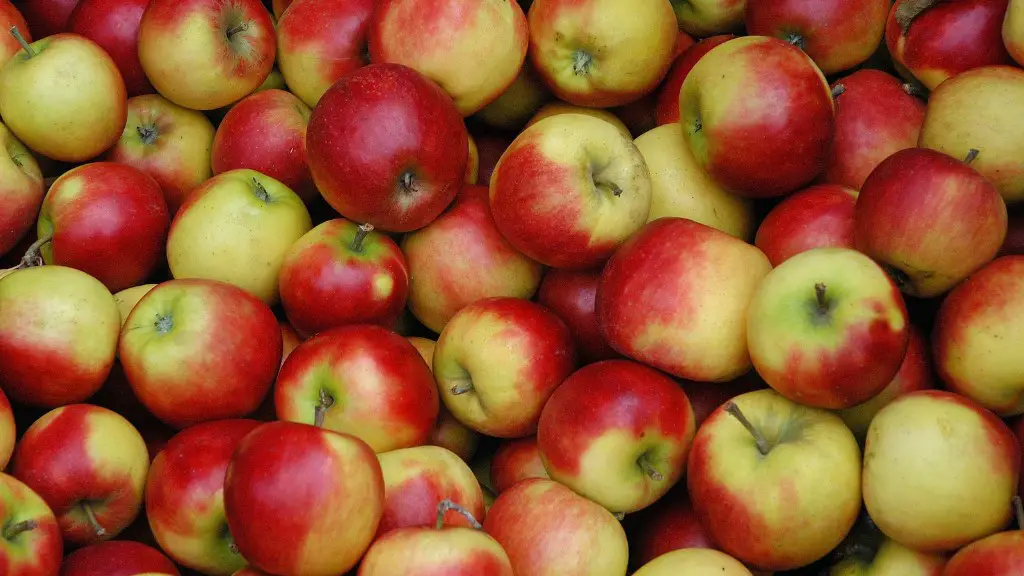One of the most common issues afflicting lemon trees is yellow leaves, which can be caused by a multitude of environmental, biological, and chemical factors. An understanding of what might be causing this symptom is necessary for diagnosing and treating the underlying condition and preventing further spread of the problem.
Environmental factors can often be the cause of the yellowing of lemon tree leaves. Excessively high temperatures, draughts, lack of sunlight, prolonged water deficiency, and too much water can all contribute to a yellowing of the leaves. Poor soil structure and excessive salinization can also contribute to yellowing, sending nutrients to other parts of the plant instead of the leaves.
Bacteriological factors can also cause yellow leaves on your lemon tree. Citrus Greening Disease (CGD) is a disease caused by bacteria that can cause yellowing and browning on the leaves and shoots of citrus trees. Other tree diseases, such as Alternaria Wilt, powdery mildew, black spot, and root rot, can also cause yellow leaves and should be treated as soon as possible.
The yellowing of leaves can also be caused by chemical causes. Poor soil pH, nutrient deficiencies, a buildup of salts and other chemicals in the soil, and the use of inappropriate pesticides can all lead to yellow leaves on your lemon tree.
Monitoring your lemon tree’s environment and pH levels, as well as soil conditions and pesticides, can help you to diagnose and prevent potential yellowing. Pruning your tree is also important, as lemon trees are particularly prone to pests and diseases. Lastly, making sure your lemon tree is receiving adequate amounts of water and nutrients can help your tree stay healthy and avoid yellowing of the leaves.
Environmental Factors
Environmental factors are often cited as a major factor in causing yellow leaves on lemon trees. High temperatures, too little or too much sunlight, draughts, and prolonged water deficiency are some of the environmental factors that can lead to yellowing of leaves. Poor soil structure and salinization can also prevent the proper absorption of nutrients and cause yellowing.
To prevent environmental factors from affecting your lemon tree, it is important to ensure that it is in a suitable environment. Keep your tree under shade when temperatures get too high, and make sure your tree is getting enough humidity and water. Additionally, planting your lemon tree in nutrient-rich soil and ensuring that the soil has good drainage can help the tree stay healthy.
Monitoring the environment and soil conditions is also important in keeping your lemon tree healthy. Keeping track of the soil pH levels and making sure the tree is getting enough sunlight can help to prevent yellowing of the leaves.
Finally, planting your tree in a wind-protected location, such as near a wall or fence, can help to protect the tree from excessive draughts, which can cause the leaves to yellow.
Bacteriological Factors
Bacteriological factors such as diseases and pests can also cause yellow leaves on your lemon tree. Citrus Greening Disease (CGD), a disease caused by bacteria, is one of the most common causes of yellowing of lemon tree leaves. This disease can cause yellowing and browning of the leaves and shoots of citrus trees.
Other bacterial diseases that can cause yellow leaves include Alternaria Wilt, powdery mildew, black spot, and root rot. These diseases are often caused by fungi and should be treated as soon as possible to prevent further spread of the problem.
Using appropriate fungicides and insecticides can help control bacterial diseases and pests. Pruning your tree at the right time can also help to prevent diseases and pests from spreading.
It is important to monitor your lemon tree for any signs of bacterial infection, as early detection of the problem can help you control it effectively.
Chemical Factors
Chemical factors such as nutrient deficiencies, poor soil pH, and the use of inappropriate pesticides can also lead to yellowing of leaves. Nutrient deficiencies can prevent trees from properly absorbing the nutrients they need, and poor soil pH can prevent trees from absorbing the right amount of nutrients.
Using inappropriate pesticides or the wrong amount of pesticides can also cause yellow leaves. Using pesticides that are too harsh can prevent the tree from absorbing the nutrients it needs and can damage the leaves.
Monitoring the soil pH levels and ensuring that your lemon tree is getting enough nutrients and water can help to prevent yellowing of the leaves. Additionally, using the correct amount of pesticides and fertilizers can also help to keep your tree healthy.
Prevention and Treatment
Preventing and treating yellow leaves on your lemon tree requires an understanding of what might be causing the problem. Monitoring the environment and soil conditions can help you to diagnose and prevent potential yellowing. Pruning your tree is also important and can help prevent pests and diseases from spreading.
Making sure your lemon tree is getting adequate amounts of water and nutrients is key in keeping it healthy and free of yellowing. Infections should be treated as soon as possible, and it is important to use the right amount of pesticides and fertilizers to prevent damage to the tree.
Image: Link
Finally, planting your lemon tree in a wind-protected location and in nutrient-rich soil can help the tree stay healthy, and further prevent yellow leaves.





